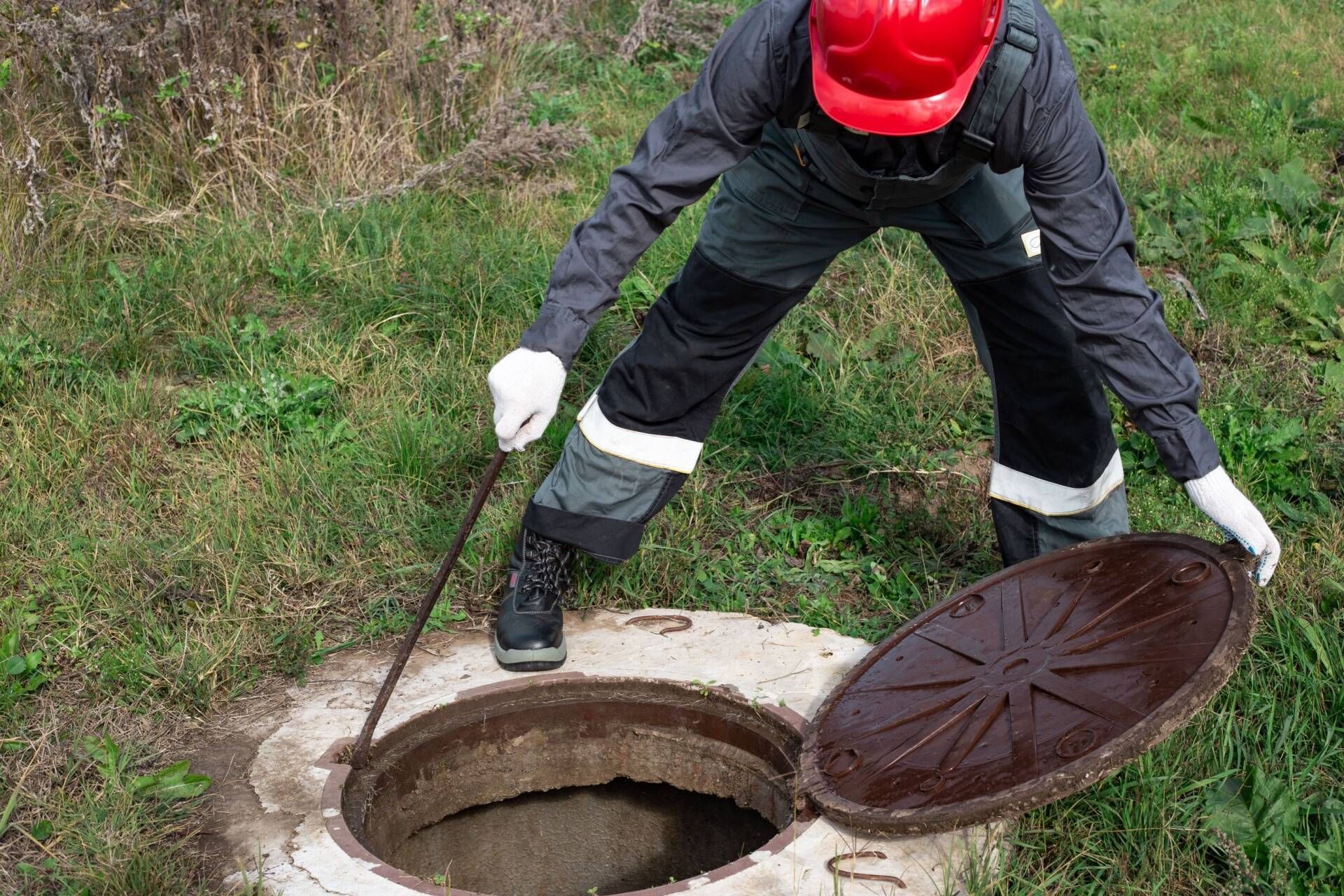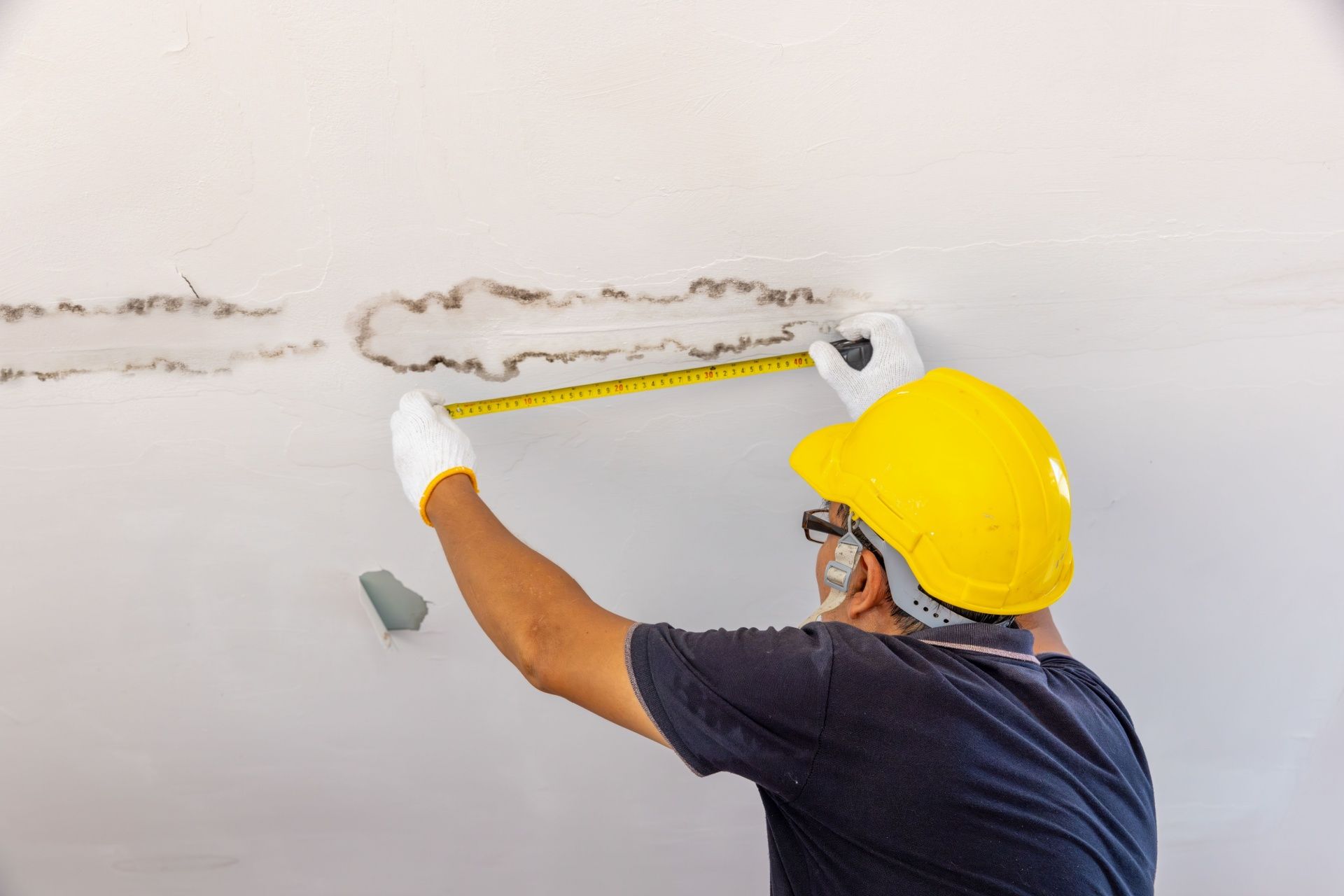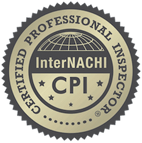Wind Mitigation Inspection Checklist
Florida is typically described as a tropical paradise with vibrant summers, yet, it’s often anything but. This is especially true for areas near the coast, where wind damage can be so devastating that homeowners need some extra improvements to minimize the risk.
Although having to use expensive wind mitigation construction features seems like an unfair cost, a
wind mitigation inspection can confirm the presence of these features and save a hefty amount on your insurance premiums.
Today, we’ll look at the basics of this checkup, its benefits, and provide you with a wind mitigation inspection checklist that many inspectors use when examining roofs and their wind-resistant features.
What Is A Wind Mitigation Inspection?
This inspection is performed by a state-licensed inspector who has the training and experience to identify different construction attributes on a home that may increase its wind resistance level. The main idea is to go over the wind mitigation inspection checklist which helps determine if a home is prepared for a heavy storm and the ensuing chaos.
The inspector will take photographs of items of interest and include them in their written report, which documents the condition of the home at the time of the inspection. Since wind mitigation inspections can be used for insurance purposes, photographic evidence is necessary to avoid instances of insurance fraud.
Besides checking the anti-hurricane aspects of the building, the inspector will also ascertain if your home was built to code. More precisely, they will investigate the history of the roof and home to confirm which code was used at the time of construction.
Benefits Of Wind Mitigation
Before going over the wind mitigation inspection checklist, there are distinct benefits of this inspection you should know about.
The first one is it provides you with an expert opinion on how secure the home really is, helping you understand which upgrades you can implement to improve its resistance. In other words, a wind mitigation inspection makes your home safer and helps prevent storm damage in the future.
The biggest reason why wind mitigation inspections are popular is the discounts you can get by providing the insurer with a report. Insurance companies are required by law to offer price reductions for homeowners who implement wind mitigation features and can prove their validity by an inspection conducted by a licensed inspector. As a plus, if you receive high marks or make the necessary upgrades, you could save more money.
Even if you don’t pass with flying colors, most homes in Florida have at least some features that qualify them for a discount. Generally speaking, the price of the inspection is negligent and you’ll save more than you spend since the discounts accrue every month.
What Does The Wind Mitigation Inspection Cover?
When assessing the strength of a building and its resistance against storms, the inspectors will follow a wind mitigation inspection checklist that includes:
- Overall condition of the roofing
In case of a storm, the top of the roof covering (shingles and other materials) will take the brunt of the impact. The inspector will confirm the date on which these materials were installed, work out their wind-resistance rating, check the attachment to the roof decking, and establish if the roof covering is up to code.
- Roof deck attachment
The inspector will discern the type of roof deck present and review the method of attachment (staples or nails) to the overarching roof structure. Furthermore, they’ll take a closer look at how long these nails are and the distance between each nail.
- Roof-wall attachment
It’s very important to determine how the roof trusses or rafters are attached to the building. This is because hurricane winds have been able to lift entire roofs of buildings in the past. Not all attachment methods are the same, however. For example, insurance companies give higher discounts for hurricane clips and double wraps.
- Roof shape
An indispensable part of a wind mitigation inspection checklist is the roof shape. The height, contours, and pitch of the roofs must be favorable for the wind patterns in the area. For instance, in Florida, it’s safest to have a hip or gable roof.
- Wall construction
You canwin wind mitigation points with certain methods of wall framing, materials, and reinforcements such as steel and concrete that will result in higher discounts.
- Opening protection
Wind mitigation scores can be improved with the addition of higher quality closing shutters, steel or hurricane-rated doors, or windows using impact-resistant glass.
- Secondary water barrier
Most modern homes are fitted with a secondary water barrier made to protect the interior of the building from the rain that penetrates the primary barrier.
Main Reasons To Schedule A Wind Mitigation Inspection
As you can see, the wind mitigation inspection checklist doesn’t leave any stone unturned. When all is said and done, you end up with an informed opinion on the actual condition and resistance of your home, along with its wind mitigation features.
Here are some common situations where a wind mitigation inspection is a must:
- You’re buying a home and want to know for certain whether it will stand up to the Florida weather
- You’re getting insurance and want to minimize your premiums
- You already have insurance but want to lower monthly insurance payments
- You installed a new roof or made improvements to the existing one and want to qualify for discounts you weren’t eligible for in the past
- You’re selling a home and want to prove to potential buyers that the building is a sound investment
Minimize Your Premiums Now!
Regardless of the end goal, a wind mitigation inspection is always a good move and the sooner you receive your report, the better. In fact, you can save a significant amount of money starting next month if you schedule an inspection today.
The question here is: who should you trust with the inspection?
After all, no inspector is the same, and by making the right choice, you can save cash without sacrificing quality, while also receiving a report as fast as possible - which is the case with
Guardian Angel Inspections.
By working with us, you’ll be getting high-quality service at a competitive price and minimal hassle. Many of our loyal customers can attest to that, so feel free to scour our reviews to confirm why we are the right choice for you.
Call
(561) 512-7854 to receive a quote on a wind mitigation inspection and minimize your insurance premiums today.
Disclaimer: The information on this website and blog is for general informational purposes only and is not professional advice. We make no guarantees of accuracy or completeness. We disclaim all liability for errors, omissions, or reliance on this content. Always consult a qualified professional for specific guidance.
Share this entry







